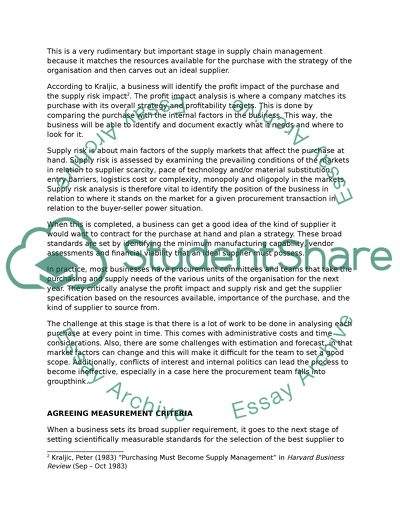Cite this document
(“Strategic Supply Chain Management: Supplier Selection Essay”, n.d.)
Retrieved from https://studentshare.org/environmental-studies/1422535-strategic-supply-chain-management-supplier
Retrieved from https://studentshare.org/environmental-studies/1422535-strategic-supply-chain-management-supplier
(Strategic Supply Chain Management: Supplier Selection Essay)
https://studentshare.org/environmental-studies/1422535-strategic-supply-chain-management-supplier.
https://studentshare.org/environmental-studies/1422535-strategic-supply-chain-management-supplier.
“Strategic Supply Chain Management: Supplier Selection Essay”, n.d. https://studentshare.org/environmental-studies/1422535-strategic-supply-chain-management-supplier.


